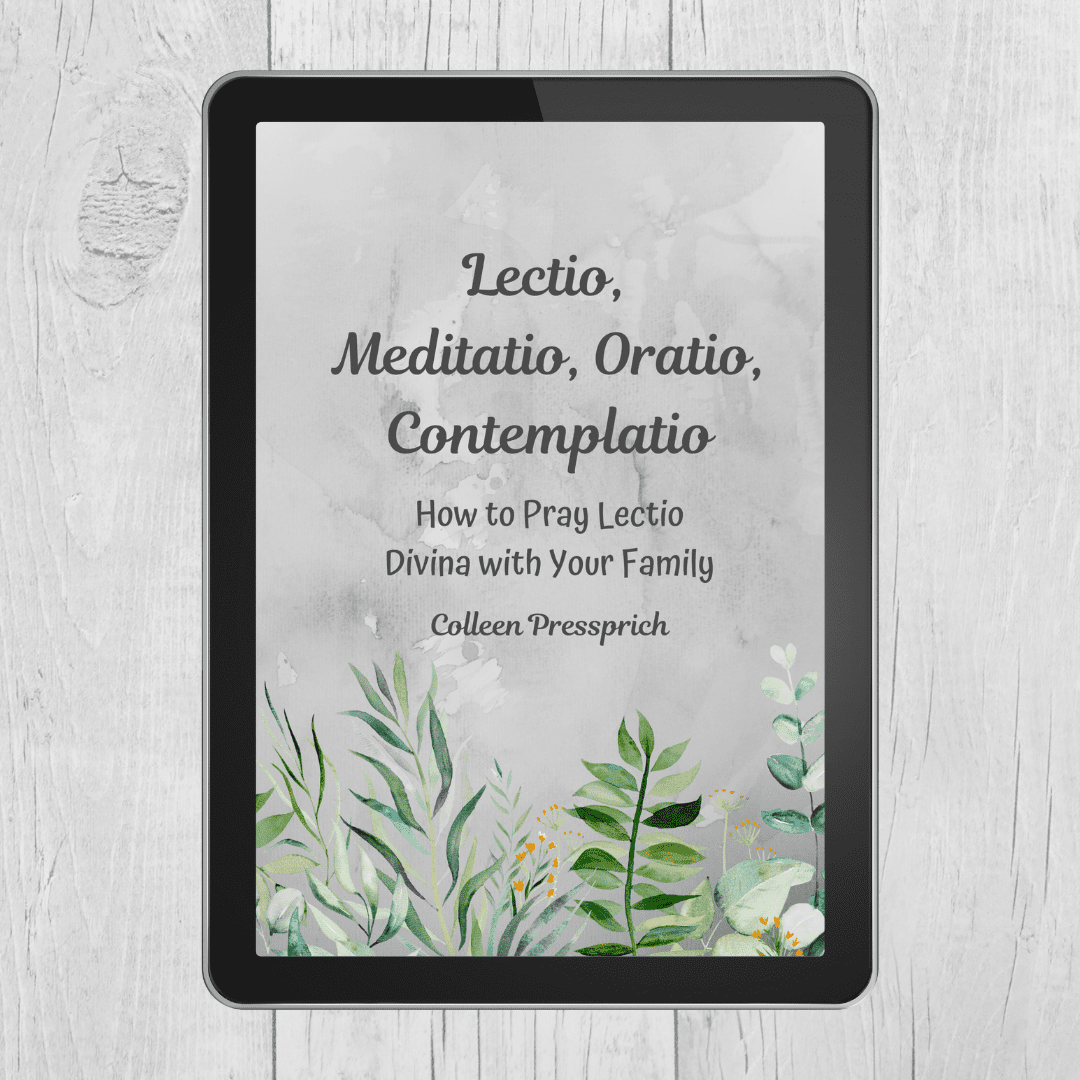The Catholic Church is full of feast days. Every single day of the calendar year there is at least one saint celebrated, not to mention the larger feasts and solemnities sprinkled in. It can feel overwhelming to think about starting to celebrate the liturgical year as a family, at least it did to me. Now that we’re a few years into our journey, I thought I’d share our process for choosing which feasts we celebrate.
Write down a list of all family patrons and their feast days
This was my first step. I kept it simple- the patron saints the kids were named after and the saints that are special to Mark and I.
Take a look at the liturgical calendar and add Holy Days of Obligation
Holy Days of Obligation are days that Catholics are required to attend mass in addition to Sunday. They are:
January 1, the solemnity of Mary, Mother of God
Thursday of the Sixth Week of Easter, the solemnity of the Ascension
August 15, the solemnity of the Assumption of the Blessed Virgin Mary
November 1, the solemnity of All Saints
December 8, the solemnity of the Immaculate Conception
December 25, the solemnity of the Nativity of Our Lord Jesus Christ
Add any feasts or solemnities that we have a particular devotion to
Sprinkled throughout the liturgical year are feasts and solemnities that aren’t connected to a particular saint. For example, Mark and I were married on the feast of the Triumph of the Cross. The Feast of the Sacred Heart is another.
Write everything down on the yearly calendar
I’m a visual person, so I like to see the whole picture. I always write the feasts I think I would like to celebrate on the calendar so I can see if I’m being too ambitious.
Look at the calendar to see if there are any months with few feasts
Some months are chock-full of saints for our family. October is one- we love St. Therese and St. Teresa and JPII. But other months, like January, have one or maybe two feast days. For those months, I take a peek at the liturgical calendar, and find someone new that we haven’t encountered yet as a family or a saint I’ve been meaning to learn about.
Sit down at the beginning of the month to look at obligations and plan
So this step is the most important for me because it’s when I actually decide what’s realistic for our family. Maybe its a month where there are a bunch of saints I love, but Mark’s schedule is brutal and I know we’ll be in survival mode. If that’s the case, I winnow the list down to the most important, and we focus on those.
I can also choose to what degree we will celebrate the feast based on the schedule and our other obligations as a family. Maybe it’s not realistic to do a craft if we’ve got back to back doctors appointments, but we could read a book about that saint at bedtime.
As I’m looking at how I want to approach the feast day with the kids, I take a peek at the key lessons I want them to learn. This is hugely important- I work backwards, structuring what we do around what I want them to learn. For example, if I’m teaching them the story of Zacchaeus, I’m probably not going to choose a craft or picture of him up the tree, because that’s all the kids will remember- that Zacchaeus is the guy up the tree-, instead of the fact that Zacchaeus encountered Jesus and his life was changed.
Tweak every year.
Each year I tweak the calendar, adding and subtracting based on where our family is. As the kids have gotten older, they’ve encountered more saints and have started to develop their own relationships. So I make sure that those saints they love get added to our family calendar. And I find too that there are always new saints that come into my own life, so sometimes they make it into whole family celebrations.
Other resources
Because leaning into the liturgical year looks different for every family, you might want to check out what Kendra writes about the baby steps she took here or Jenny’s examples from their family here.
And don’t forget to subscribe to the newsletter- each month I send out what feasts we’re focusing on in our family along with the key lessons and a compilation of resources/activities.
Learn to pray with your kids

